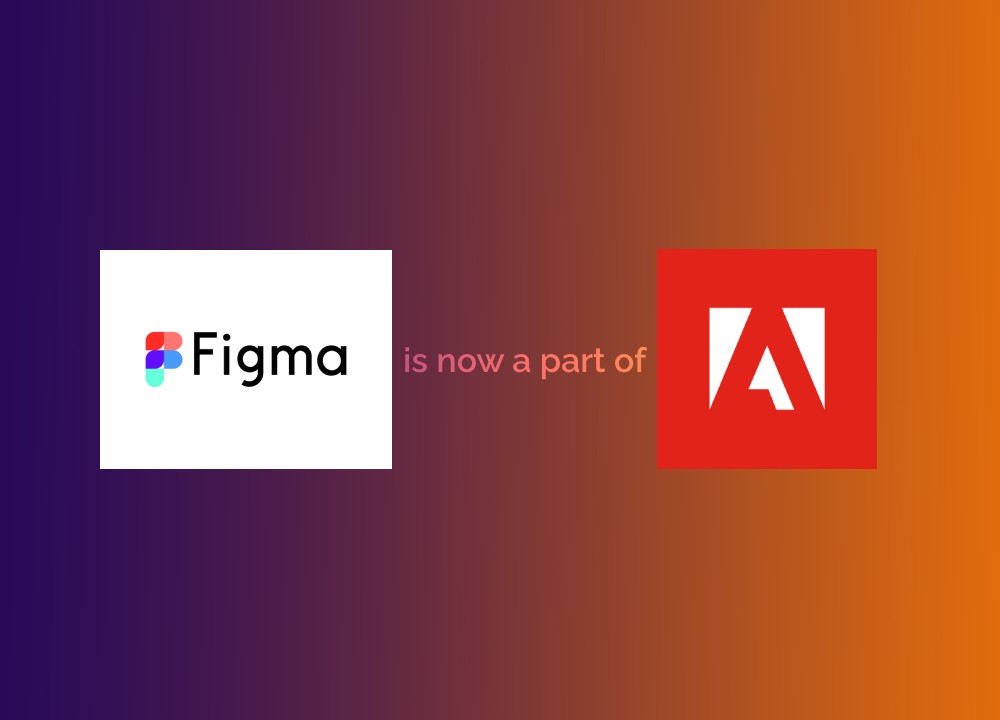The tycoon of the tech world, Adobe, recently acquired Figma, a company that has been around for 10 years. Creative and life-changing start-ups sprang up as a result of the acquisition. As part of this acquisition, USD 20 billion in cash and stocks were exchanged for the company. This acquisition will create user-centric and collaborative designs for 16 billion TAM by 2025, bringing design to the next level.
Describe Figma Web Design briefly
Figma transforms the way people think about the design process, enabling them to create results that are more relatable and user-friendly. Users can easily create and accumulate inputs during the implementation phase with this canvas. A Figma team ensures that design is accessible to all levels and works on it continuously. After the mission was so successful across all segments, they started improving their user acceptance weaknesses.
From being a web-first collaborative platform to changing the world with its distinct approach, Figma challenged the conservative approach and got a fine product into existence that changed the way of design communications, even between the teams drafting and coding on the backend. The pros it gave to the industry are good enough, to begin with, but the company states that there’s a lot more it can bring into the processes and is likely to surprise its users, cutting all the competition it ever had.
The expertise and understanding of the digital markets Adobe holds is something we all are well aware of. Going further, it is being also said like other acquisitions done by Adobe, Magento, Behance, and Marketo to name a few, its core team expertise will add a lot more to the offerings of Figma. Also, the founders of Figma, Mr. Dylan Feild, and Mr. Evan Wallace will continue to be a part of the core product team, contributing to the wonderful experiences the respective tool has offered its users so far.
To name a few, moving on, here are some of the speculated advantages this acquisition is likely to introduce:
Figma Web is reinventing design for the world
We have two of the industry leaders joining hands and working towards improving the way the world designs their designs. From the mockups to the final designs everything is either done on some of the tools available by any third party or using tools like Figma. Both have an understanding of the challenges an individual user faces while drafting the phases of design. This is likely to get better as both the players, in this case, are passionate enough can enhance the experiences for the greater good.
Refinement of Figma’s web design process
Content reigns supreme and will continue to do so for quite some time. Progressive design extends beyond content. Collaboration platforms that enable teams to work together will enhance the process. People working in the design world will find it to be a game changer as it changes the way they do things. Accelerating and assisting the process is a challenge. In Adobe Creative Cloud, Figma supports multi-user activities.
Digital marketing strategies need to be improved
Digital marketing strategies are reshaping the user base for many businesses across the globe today. Adobe Creative Cloud and the Figma collaborative ecosystem will empower creators with more freedom.
Design creation strategies to save time
Even after tools like Figma hit the world for the good, the designers were creating designs on tools like Photoshop.
Those with less experience spend a significant amount of time fixing the structure and throw off the overall process. Figma with Adobe expertise will save the teams a great deal of time, which will improve the final product.
Web development agencies across the globe are going likely to be benefitted from this transformational step focused on fuelling up the industry with better results than before the conventional processes it has been running upon till now.
Innovation is unique in that it is independent of any acquisition. However, if it is accompanied by related innovations in the industry, it stands to change the world…
This is expected to happen in the near future as two leading players in the market meet. As Figma acquires users and user trends from existing customers, its user base and user trends are likely to multiply. In addition, it is expected to contribute to Adobe’s already expanding customer base. There are a lot of features available in Figma that are only available to those who are prepared to pay. The commercials it will attract from current and potential users will also be scrutinized in addition to the changes in its offerings.



